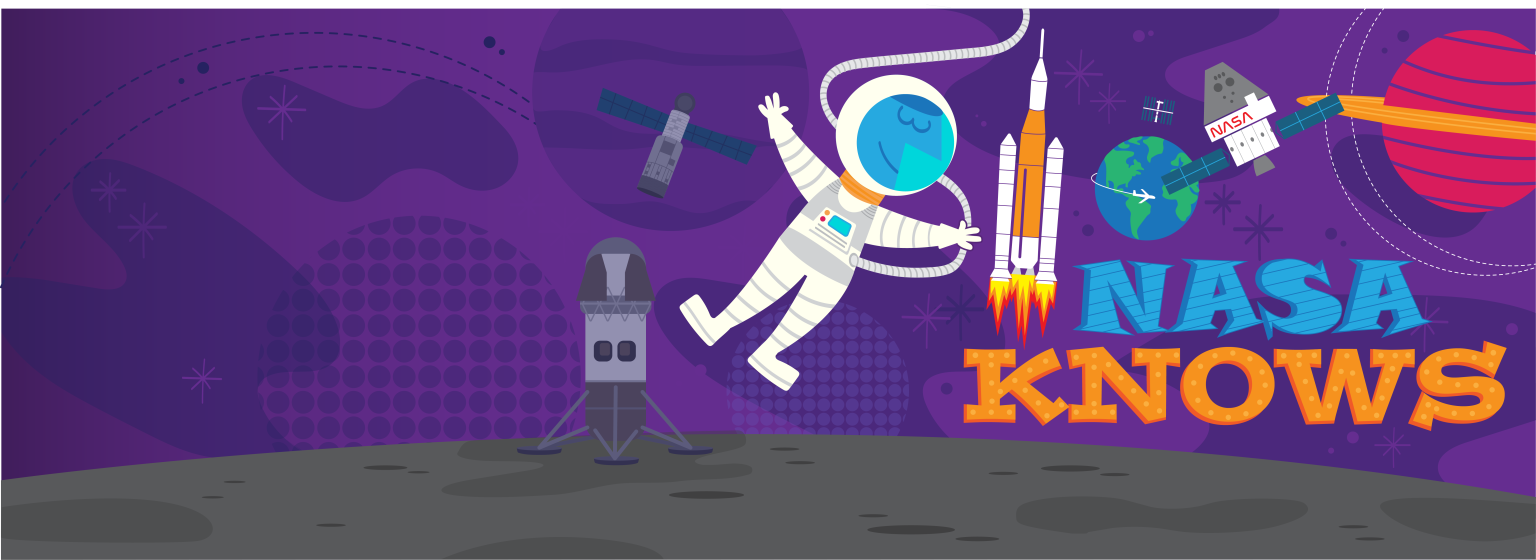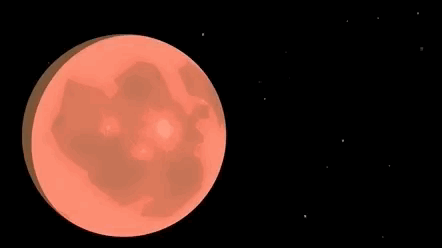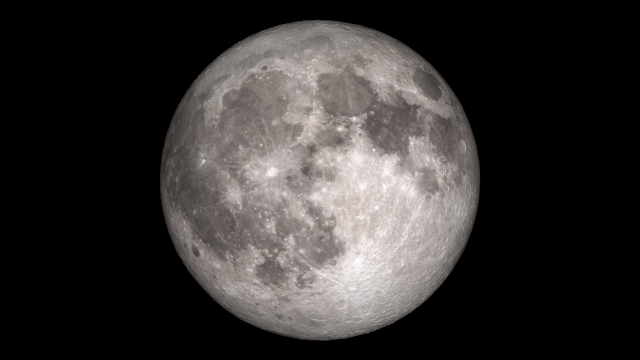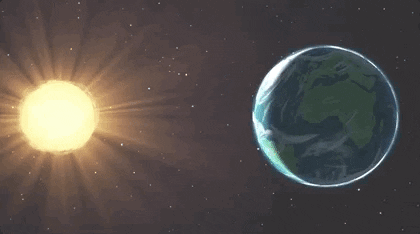This article is for students grades K-4.
An eclipse (i-klips) happens when one object in space, like a planet or moon, passes through the shadow of another object in space. On Earth, we can see lunar eclipses and solar eclipses.
What is a Lunar Eclipse?
When the Moon’s light is blocked by Earth, it an eclipse of the Moon. It is also called a lunar eclipse. The Moon orbits, or goes around, Earth. At least twice a year, Earth lines up just right between the Sun and the Moon. When this happens, Earth blocks the light from the Sun to the Moon. It is the Sun’s light that gives the Moon its light. Earth’s shadow falls on the Moon and makes a lunar eclipse.
Sometimes only a little of the Moon is covered by Earth’s shadow. But when Earth completely blocks the sunlight, the Moon can look red or orange. A lunar eclipse can last for a few hours.
Did You Know? Lunar eclipses probably taught people that Earth is round. A long time ago, people thought that Earth was flat. Then they saw Earth’s shadow on the Moon. They learned that Earth is round.
What is a Solar Eclipse?
When the Sun’s light is blocked by the Moon, it is an eclipse of the Sun. It is also called a solar eclipse. This kind of eclipse happens when the Moon moves in just the right place between the Sun and Earth.
A solar eclipse happens during the daytime. The daylight grows dim. If you are in the right place on Earth, the Moon blocks almost all of the sunlight. The Moon’s shadow falls on Earth. Daytime can look as dark as night during a solar eclipse.
Solar eclipses happen on Earth every 18 months. They last for a few minutes.
Did You Know? You should never look directly at the Sun, — not even during a solar eclipse when the Moon blocks the sunlight! A solar eclipse is exciting. But looking at the Sun is dangerous. It can damage your eyes.
Why Does NASA Study Eclipses?
During a lunar eclipse, NASA scientists can learn more about the Moon. They can study how fast the Moon cools in Earth’s shadow to learn what the Moon might be made of. The Moon is our nearest neighbor, yet there is still much to learn about it. During a solar eclipse, NASA can study the top layer of the Sun. The Moon blocks the brightest rays of sunlight. This makes it easier for scientists to take pictures of the Sun’s outer layers to study.
Remember, you should never look directly at the Sun, even during an eclipse when the Moon blocks the sunlight.
More About Eclipses
What Is an Orbit? (Grades K-4)
How Does a Lunar Eclipse Work? Video
Animation: Path of 2010 Solar Eclipse Video
































